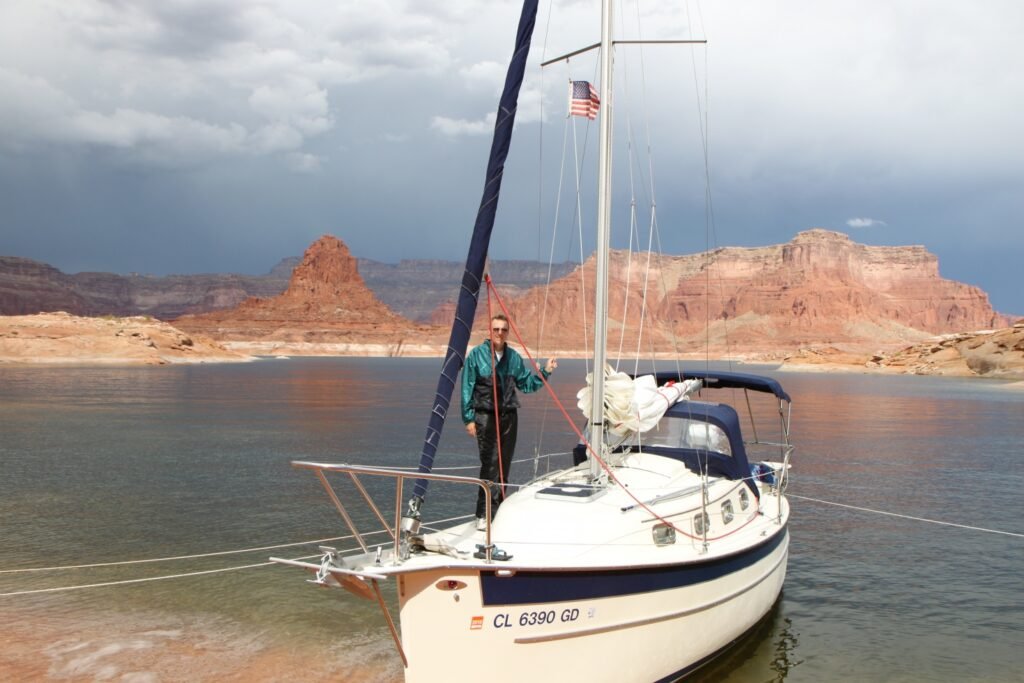Sailing on the Mississippi River offers a unique way to experience one of America’s most iconic waterways. From its rich history to its picturesque scenery, navigating this vast river provides an unforgettable adventure. This guide will help you prepare for and enjoy your journey along the Mississippi River.
Understand the River’s Layout and Conditions
Before you set sail, it’s essential to understand the Mississippi River’s layout and conditions. The river stretches approximately 2,340 miles from its source at Lake Itasca in Minnesota to the Gulf of Mexico. It features various sections with distinct characteristics, including wide expanses and narrow, winding parts. Familiarize yourself with the river’s major landmarks, such as St. Louis and Memphis, and note the differences in water flow and depth along its course. Understanding these factors helps you plan your route effectively and ensures a smoother sailing experience.

Plan Your Route and Stops
Planning your route and stops is crucial for a successful sailing trip on the Mississippi River. Decide on the section of the river you wish to explore, considering factors such as your sailing experience, time available, and interests. Popular segments include the Upper Mississippi near Minnesota and the Lower Mississippi through Louisiana. Research key stopping points, including cities and towns like Minneapolis, Baton Rouge, and New Orleans. Each location offers unique attractions, amenities, and historical sites. Planning your stops ensures that you make the most of your journey and experience the diverse aspects of the river.
Check Navigational Charts and Regulations
Using navigational charts and understanding regulations are vital for safe sailing on the Mississippi River. Obtain updated river charts that detail navigational aids, depths, and potential hazards. The Mississippi River is subject to specific regulations, including traffic patterns, speed limits, and no-wake zones, particularly near cities and industrial areas. Consult local authorities, such as the U.S. Coast Guard or local harbormasters, for current regulations and any temporary changes. Adhering to these guidelines ensures a safe and compliant journey along the river.
Prepare Your Sailboat
Properly preparing your sailboat is essential for a smooth sailing experience. Conduct a thorough inspection of your vessel, focusing on the hull, rigging, sails, and engine. Ensure that safety equipment, including life jackets, flares, and a first aid kit, is onboard and in good condition. Given the Mississippi River’s variable conditions, check that your sailboat is suitable for both calm and challenging waters. Stock up on necessary provisions, such as food, water, and navigation tools. Adequate preparation helps prevent issues and ensures your sailboat is ready for the journey.
Understand Weather Patterns
Weather patterns can significantly impact your sailing experience on the Mississippi River. The river spans multiple climate zones, so weather conditions can vary greatly along its length. Check weather forecasts regularly to stay informed of any changes or severe conditions. Pay attention to factors such as wind speed, precipitation, and temperature. Sudden storms or high winds can create challenging conditions, so being prepared allows you to adjust your plans and navigate safely. Understanding the weather helps you sail with confidence and ensures a more enjoyable trip.
Embrace Local History and Culture
The Mississippi River is steeped in history and culture, and embracing these aspects enriches your sailing experience. Explore historical landmarks and museums along the river, such as the Mark Twain House in Hartford or the National WWII Museum in New Orleans. Each stop provides insights into the river’s significance in American history and culture. Engage with local communities and learn about their traditions and stories related to the river. This cultural immersion enhances your appreciation of the Mississippi River and makes your journey more memorable.
Practice Responsible Navigation and Boating
Practicing responsible navigation and boating is crucial for safety and enjoyment on the Mississippi River. Respect other vessels and follow established traffic patterns to avoid collisions. Maintain a safe speed, particularly near docks, marinas, and populated areas. Be mindful of environmental concerns, such as protecting wildlife and avoiding pollution. Responsible boating practices contribute to a positive experience for yourself and other river users. Ensuring safety and respecting the environment enhances your journey and supports the preservation of the Mississippi River’s natural beauty.
Document Your Journey
Documenting your journey provides lasting memories and valuable insights. Take photographs and videos of key landmarks, scenic views, and memorable moments along the river. Keep a sailing log or journal to record your experiences, observations, and reflections. Sharing your journey through social media or personal blogs can inspire others and contribute to the sailing community. Documenting your trip not only preserves your adventure but also allows you to relive and share the highlights of your sailing experience on the Mississippi River.
Conclusion
Sailing on the Mississippi River offers a remarkable adventure filled with history, culture, and natural beauty. By understanding the river’s layout, planning your route, and preparing your sailboat, you set the stage for a successful trip. Checking navigational charts, embracing local culture, and practicing responsible boating ensure a safe and enjoyable experience. With these steps, you can fully appreciate the Mississippi River and create unforgettable memories along this iconic American waterway.

